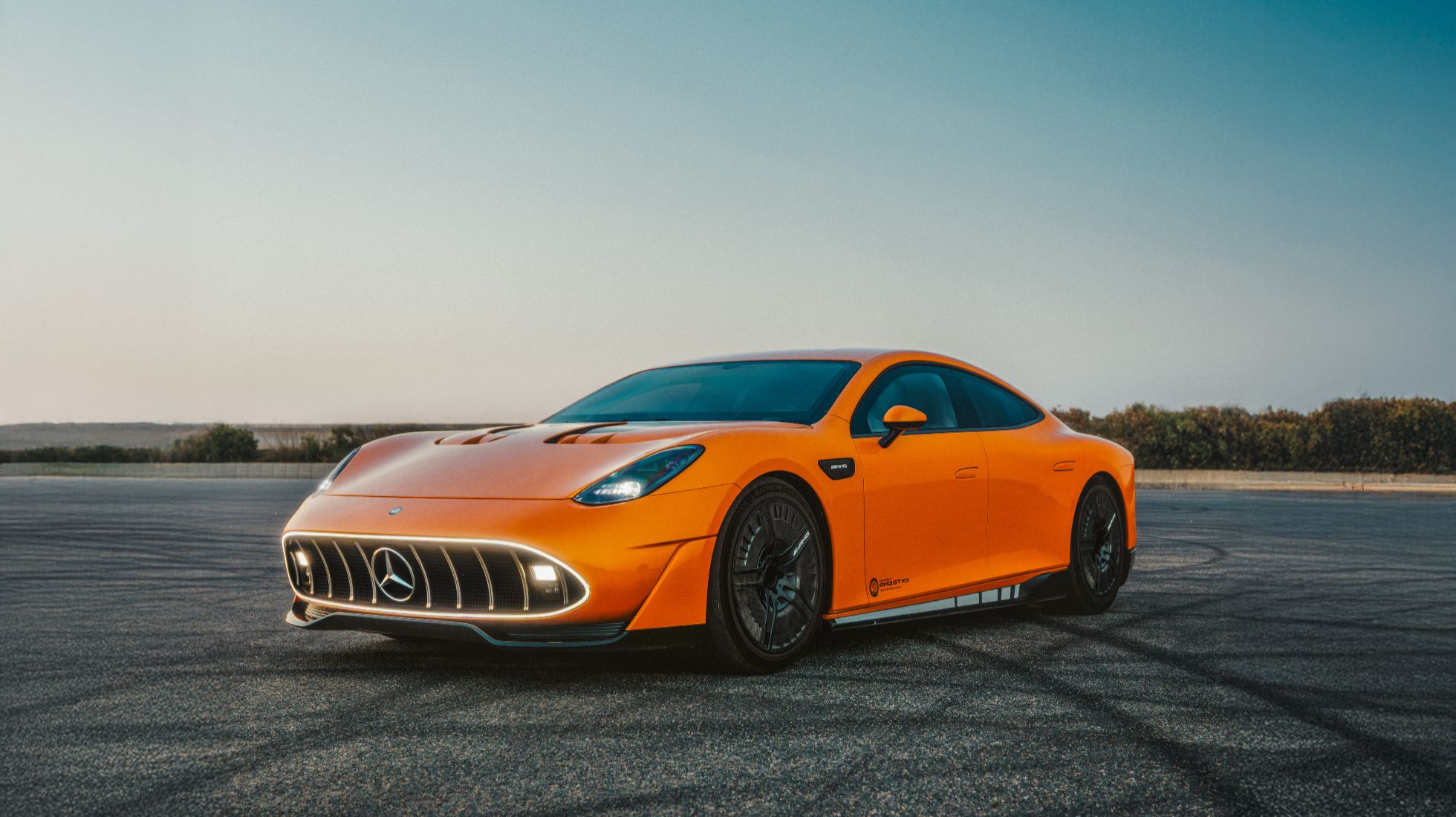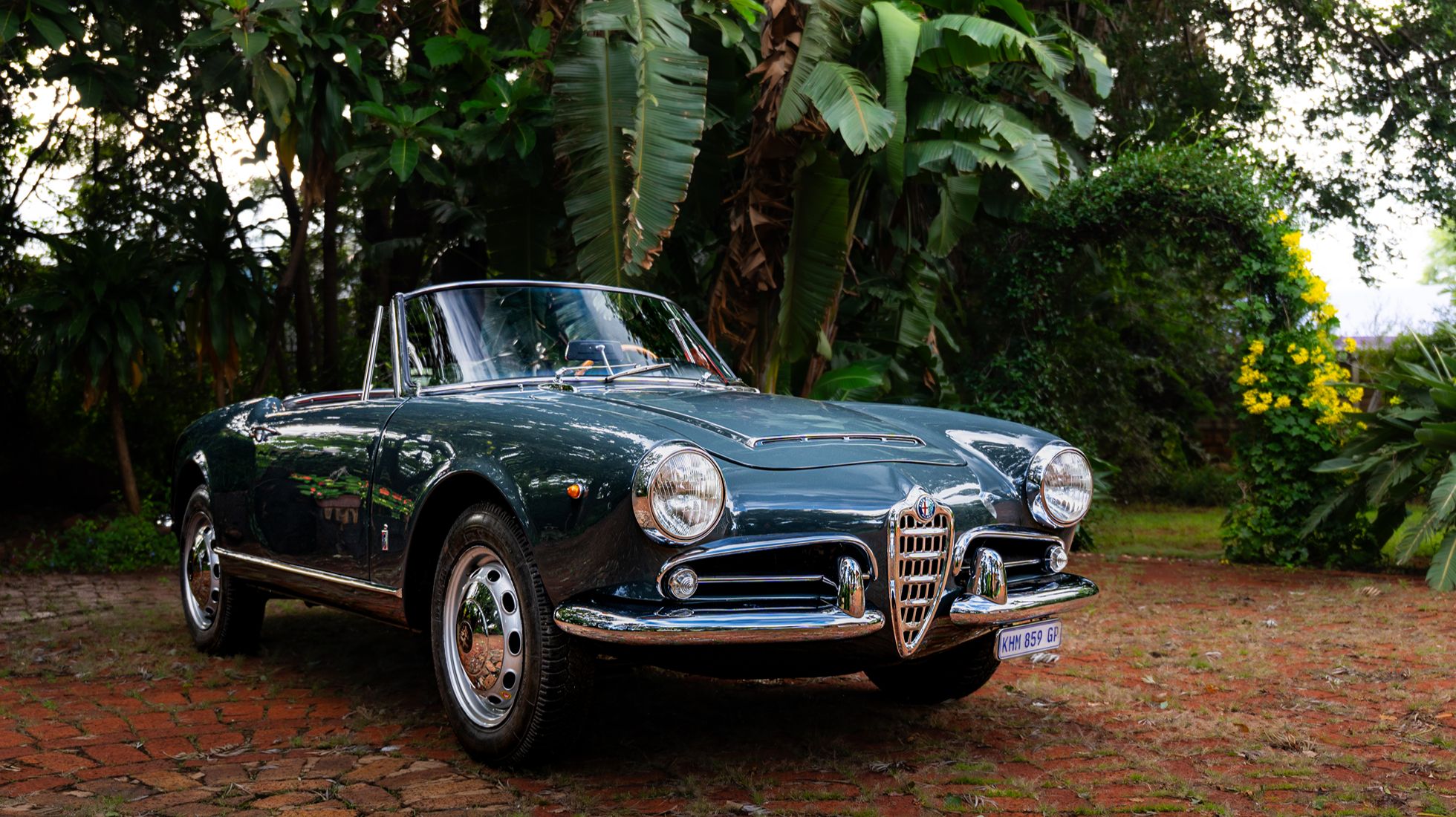

The backbone of our nation is our transport industry, with the people on the ground driving purpose-built machines and getting the job done. Commercial vehicles are a vital part of our automotive space. But buying a commercial vehicle doesn’t necessarily mean sacrificing taste for something more functional, and Volkswagen's entry-level Amarok double cab blends a heavy-duty workhorse mentality with a degree of modern amenities that you would expect to find in a lifestyle option.
There is a certain pleasure in driving a simplified commercial vehicle. It's lighter and less complex, and compared to the more premium products, it feels more fit for purpose for the job of simply being a bakkie – which was always intended for simply hauling loads.
Unsurprisingly, the interior was designed for ease of use, featuring a signature aesthetic of tough moulded plastic. Almost every surface in the cabin is built to withstand a few knocks, and while the cloth seats may not be the most desirable choice, they provide a comfortable and practical driving and passenger experience, helped by ample cabin storage.
What surprised me, however, was the massive 10-inch vertical screen embedded in the centre console. This economy-focused model, like the higher-spec Life and Style Amarok variants, includes advanced multimedia features such as Apple CarPlay and Android Auto, as well as a premium sound system. I couldn't help but feel that it was intended to be a home away from home for hands-on workers, free of the stresses of scratching a bumper or dinging up the dash, with good music and a comfortable environment, all of which I thoroughly enjoyed.
Driving a big, basic manual bakkie void of unnecessary luxuries is a raw and unfiltered experience that I find particularly appealing. For one, it's a sensible platform with a total power output of 125kW and 405Nm derived from a 2.0-litre turbodiesel engine and linked to a 6-speed manual transmission. Its performance provides plenty of low-end torque for decent highway acceleration, which is more than adequate for any light- or heavy-weight job.
A commercialised version of a lifestyle bakkie normally means lighter weight and stiffer suspension. Unloaded, there is a certain bouncing sensation when you hit the rough road surfaces, which in SA is pretty much the norm. Fortunately, I work for a magazine, so access to large quantities of paper to add weight and test its performance under stress wasn't an issue. I stocked the bed with nearly a metric tonne of years-old mags, and it only improved my experience with the Amarok. Suddenly, the ride quality was exceptionally smooth. Yes, it did lose a degree of urgency under hurried acceleration, but it remained composed at speed and even through corners where weight-related issues are most likely to surface.
The commercial-grade Amarok does come in both a two-wheel and four-wheel-drive option, but we had the basic rear-wheel-drive option. This further reduces weight, and in a product that will mostly be used to ship cargo around town and down the occasional dirt road, I didn’t feel that I was missing out on 4WD at any point. There are benefits to opting for the more basic drivetrain, like decreased weight and improved fuel efficiency, and even with a near fully loaded bed, I was averaging around 8.0 litres per 100 kilometres. Unloaded, that number gradually dropped down to 7.0l/100km, which in a large bakkie is an impressive figure.
Coming in at R669,700 for the two-wheel-drive option, which is the model I put through its paces, and R742,500 for the 4Motion, the Amarok in its commercial configuration isn’t the most affordable workhorse out there. It must be said that it is far from the most basic commercial vehicle on the market, with several luxuries that make long drives to the job site more enjoyable. Also, these features only add to the vehicle's value proposition and help justify its price tag over some competitors.
It plays with the likes of the comparable Ford Ranger 2.0 SiT double cab XL manual, and in my opinion, the Ford does have the edge. It has a more generally appealing appearance than the Amarok and is considerably less expensive. The Ford is almost R50k cheaper for the same engine, infotainment system, and chassis.
Commercial workhorse bakkies are relatively bare-bones and rewarding to drive; in fact, some of my most enjoyable tests involved these workaday vehicles. There's a certain peace of mind that comes with steel wheels, sturdy bumpers, and a straightforward, fuss-free but comfortable interior, and the Amarok has just that. In its commercial layout, it's a class-leading shared platform in both capability and relative comfort, but its biggest drawback is its price.
Yes, it's not a looker, and yes, it will likely spend the better part of its time at a worksite, and that's exactly what it was designed to do.





Enter your email address to receive regular Top Gear SA newsletters







